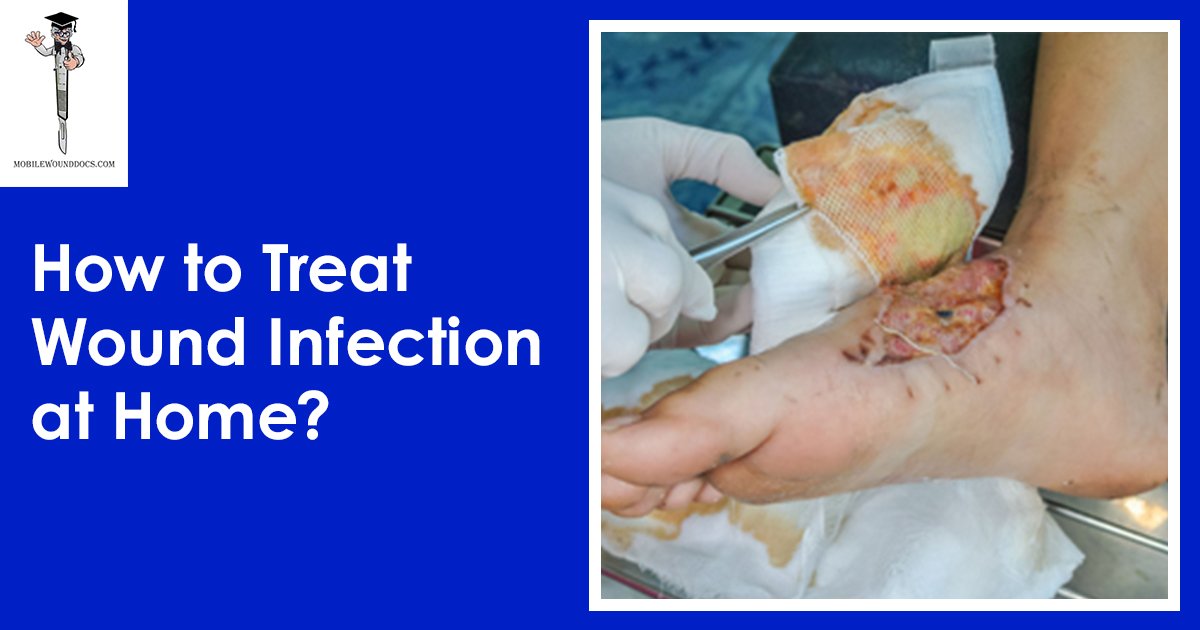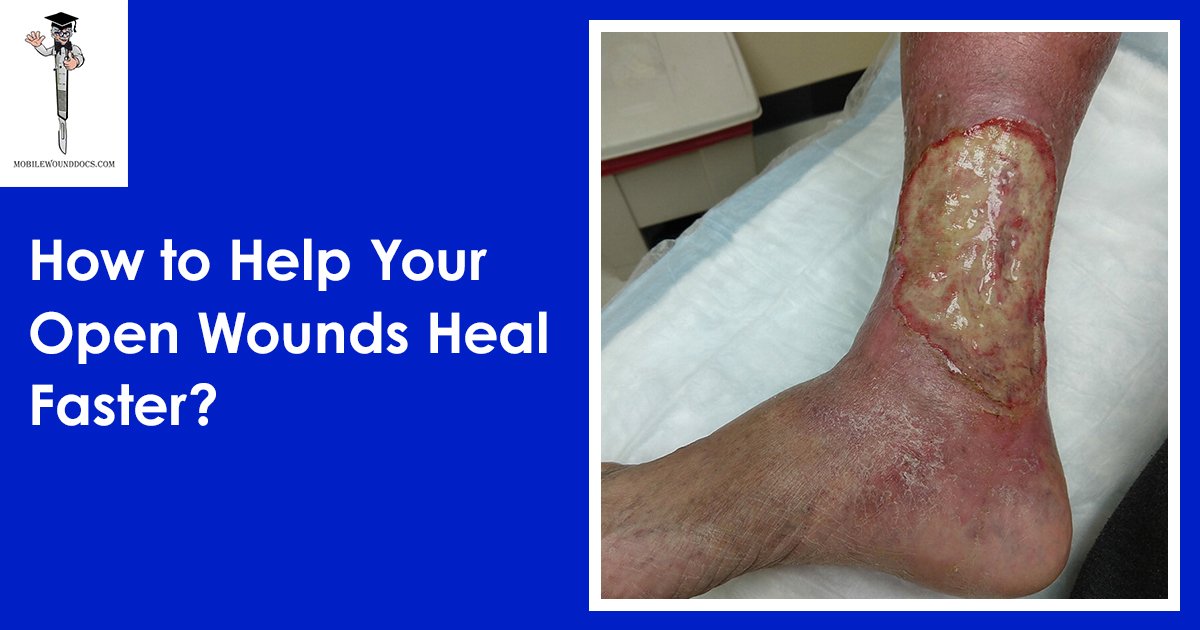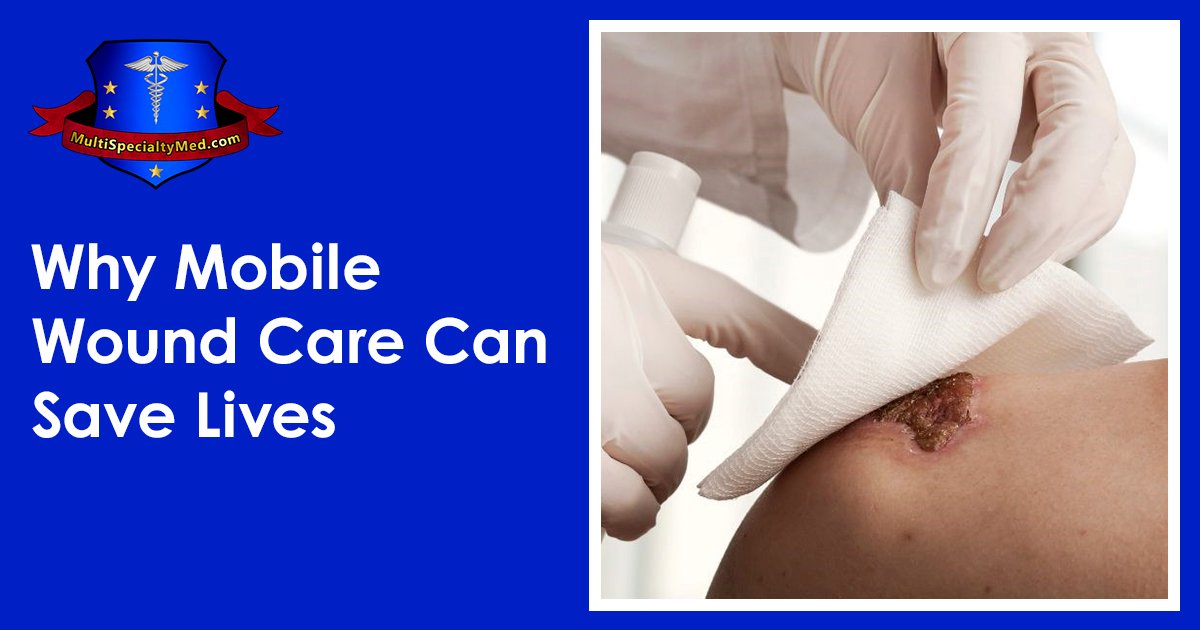Daniel Davidson, MD, MBA, DBA, PHD
Introduction:
Vacuum Assisted Closure (VAC) is a cutting-edge procedure that provides an intricate and potent means of accelerating the healing of wounds. This article explores the discovery, physiological effects, mechanism of action, and historical background of VAC, highlighting its importance in contemporary wound care.
Understanding Vacuum Assisted Closure (VAC):
Definition:
Negative pressure wound therapy, or vacuum assisted closure, or VAC, is a therapeutic method that helps complicated wounds heal more quickly. It includes providing the wound bed with regulated negative pressure applied via a sealed dressing device.
Mechanism of Action:
Getting the Wound Bed Ready:
The wound bed must be carefully cleaned and any dead or non-viable tissue must be removed before negative pressure is applied. This guarantees that healing can occur in a hygienic and potent environment thanks to the negative pressure.
Application of Negative Pressure:
The application of negative pressure involves covering the wound with an adhesive drape to form an airtight seal after a specialty dressing, usually made of foam or gauze, and has been applied to the wound bed. A controlled negative pressure is subsequently applied to the wound site using a vacuum pump that is attached to the dressing.
Removal of Exudate and Debris:
The VAC system’s negative pressure helps to eliminate any extra wound exudate as well as any debris, bacteria, and inflammatory agents that may be present in the wound bed. By lowering swelling and inflammation, this promotes healing in the affected area.
Stimulation of Angiogenesis:
Angiogenesis is the process by which new blood vessels form. Negative pressure stimulates this process. Increased blood flow to the wound bed provides immunological cells, nutrients, and oxygen—all necessary for tissue regeneration and healing. Toxins and metabolic waste products are also eliminated from the wound site by angiogenesis.
Encouragement of Granulation Tissue:
VAC encourages the growth of granulation tissue, which is an essential stage in the healing of wounds. Granulation tissue serves as a framework for tissue regeneration and is composed of extracellular matrix components, fibroblasts, and newly formed blood vessels. The granulation tissue grows more quickly under negative pressure, hastening the closure of wounds.
Wound contraction:
Negative pressure also facilitates the process of wound contraction, which is the drawing in of the wound’s margins. This minimizes the wound’s dimensions and speeds up closure, especially for bigger or more asymmetrical wounds.
Reduction of Bacterial Load:
VAC makes an environment less favorable for bacterial growth by eliminating extra exudate and debris. Furthermore, the bactericidal properties of negative pressure itself help to reduce the bacterial load in the wound bed and hence lessen the risk of infection.
Enhanced Healing:
VAC speeds up the healing process overall by acting on angiogenesis, granulation tissue creation, wound contraction, and bacterial control simultaneously. VAC helps wounds go through the different stages of healing more quickly by encouraging a more effective and coordinated healing response, which eventually results in faster closure and better outcomes for patients.
Discovery and Development:
The creation of Vacuum Assisted Closure (VAC) in wound management is the result of an exciting journey characterized by scientific research and creativity. Negative pressure therapy started in the middle of the 20th century, when researchers began experimenting with vacuum’s impact on wound healing. But the development and commercialization of VAC as we know it now did not occur until the late 1990s.
At Wake Forest University, Drs. Louis Argenta and Michael Morykwas carried out the crucial research in this area. Their ground-breaking study proved that negative pressure therapy is effective in accelerating wound healing, especially in difficult and complex instances. They saw notable increases in wound healing rates and results by introducing controlled negative pressure to the wound bed via a sealed dressing device linked to a vacuum pump.
An important turning point in the field of wound care technology was reached in 1997 when Kinetic Concepts Inc. (KCI) developed the VAC system. With the use of this ground-breaking gadget, medical practitioners may now effectively treat a variety of wounds, such as surgical incisions, chronic ulcers, and acute injuries. VAC has transformed the field of wound care over time and has been widely used into clinical practice.
Physiological Effects:
In the wound bed, applying negative pressure by VAC causes a variety of physiological reactions.
Angiogenesis:
The creation of new blood vessels is stimulated by negative pressure, which enhances the oxygenation and perfusion of the tissue surrounding wounds.
VAC facilitates the migration of endothelial cells, fibroblasts, and other cellular constituents that are implicated in tissue regeneration and repair.
Exudate Removal:
By lowering inflammation and fostering a healing environment, negative pressure aids in the removal of excess wound exudate.
Formation of Granulation Tissue: VAC promotes the growth of granulation tissue, which is necessary for epithelialization and wound closure.
Current Status and Future Directions:
Around the years, VAC has evolved into a vital instrument in the toolbox of wound care professionals all around the world. Through multiple clinical trials and practical applications, its effectiveness in accelerating wound healing, lowering complications, and improving patient outcomes has been thoroughly documented.
Future work intends to improve and maximize VAC technology even more, investigating cutting-edge uses such bioactive dressings and adjuvant treatments to increase its therapeutic advantages. Offering patients with complex wounds hope and healing, VAC continues to be at the forefront of innovation as our understanding of wound healing mechanisms develops.
Conclusion:
With its complex and successful method of accelerating wound healing, vacuum assisted closure, or VAC, represents a paradigm change in wound care. With decades of clinical experience and a complex mechanism of action, VAC has earned its position as a mainstay of contemporary wound treatment. VAC keeps developing as science and technology go forward, spurring innovation and enhancing results for patients with complicated wounds.








